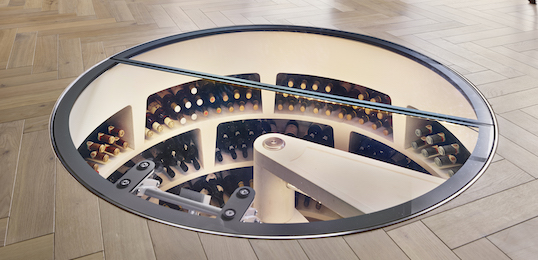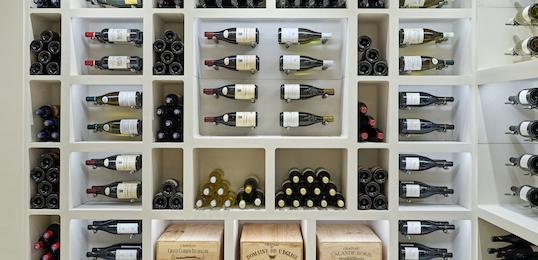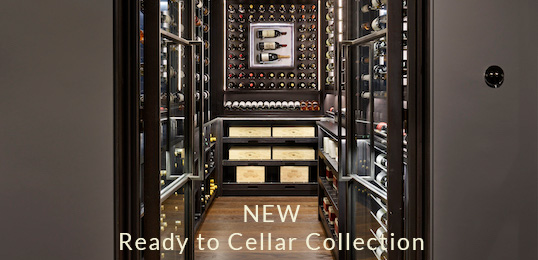Effervescence has long since been known to winemakers. The Ancient Greeks and Romans began to notice the appearance of mysterious bubbles that were attributed to the phases of the moon, as well as to good and evil spirits. Hundreds of years later, this fizz started being produced on purpose, as the taste for wines that sparkled increased.
History of Sparkling Wine
Despite monk French Benedictine monk, Dom Pierre Pérignon being credited with inventing champagne, the truth is that he first tried to prevent the wine from forming bubbles in the bottle, since that could lead to the corks being pushed out or the bottles exploding. He did introduce a new process, which was the blending of grapes prior to them being sent to press.
But the honour of the invention of sparkling wine goes to Christopher Merrett, an Englishman who recorded the first recipe to create sparkling wine. In 1662 he published a paper that said that “sugar and molasses were being added to wines to make them sparkling”.
From then on, sparkling wines rose in popularity, and are nowadays incredibly sought-after, with approximately 31.6 million gallons of sparkling wine being sold in 2015 and 2016.

How It’s Made
The fizz that characterises sparkling wine comes from carbon dioxide. The gas forms during the production of all wines, but the bubbly effervescence only appears in sparkling wines because they go through a double fermentation process.
The first one occurs in steel tanks and the second one in the bottle. During the second chemical reaction, yeast and sugar are added to produce carbon dioxide, which creates pressure in the bottle.
Types of Sparkling Wines
You can find sparkling wines divided into two categories, fully sparkling and semi-sparkling, both of which refer to the atmospheres (atm) of pressure inside the bottle. The first type includes champagne and is sold with 5-6atm, almost twice the amount found in the tyre of a vehicle. However, wines are considered to be sparkling if they have more than 3atm of pressure.
As for semi-sparkling wines, this category includes wines with 1 to 2.5atm of pressure, such as the German spritzing and the Italian frizzante. The level of pressure in the wine depends on the quantity of sugar added in the second fermentation stage.
Famous Sparkling Wines
There are many sparkling wines across the world, with some of the most popular including Champagne, Prosecco and Espumante.
The king of bubbles, champagne has been consumed for hundreds of years. Especially popular during New Year’s Eve, this drink nonetheless enjoys an unrivalled popularity throughout the year. And across the world, so much so that the French has become extremely territorial over its name.
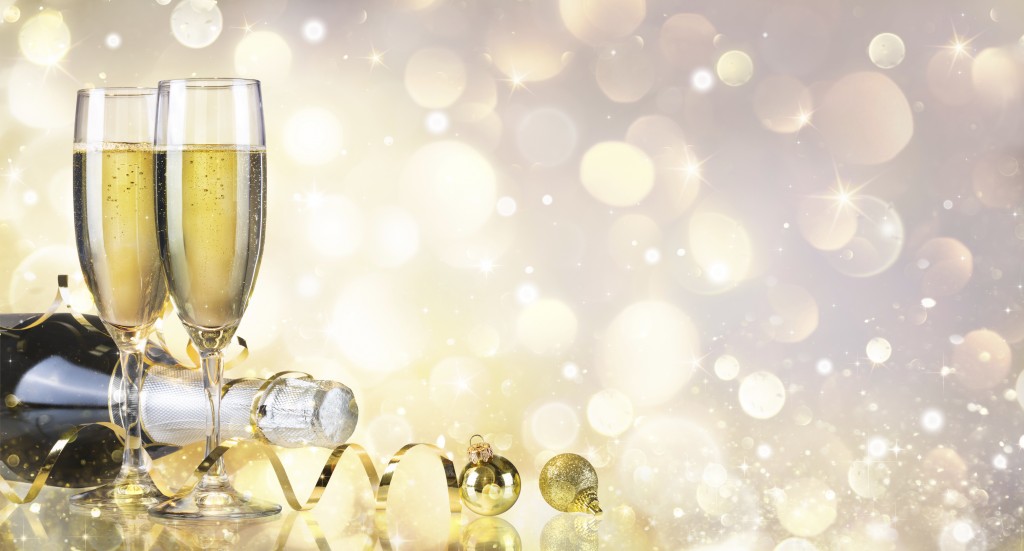
Only sparkling wine made in the Champagne region of France is allowed to be called champagne, as seen by the fact that the Interprofessional Committee for Champagne Wine requested Apple not to use the word ‘champagne’ to describe the colour of the iPhone 5S back in 2013.
You can serve champagne with a wide variety of foods, including cheese and desserts.
Prosecco is a famous Italian white wine that has a fruity, sweet flavour. The second fermentation of this wine occurs in a tank, not in the bottle, contrary to champagne. Prosecco is best served with appetisers just before the main meal.
Many countries produce sparkling wines, as is the case with Portugal. Not only can you find excellent wines of the Alto Douro region, like Port, you can also find Espumante. This sparkling wine is not just produced in the northern region of Vinho Verde, characterised by rain and colder temperatures, but also in arid climates, such as the Alentejo.
A famous example of Espumante is the Murganheira, a high-quality sparkling wine that uses the same process as champagne and goes great with fish, due to its delicate palate and subtle flavours.
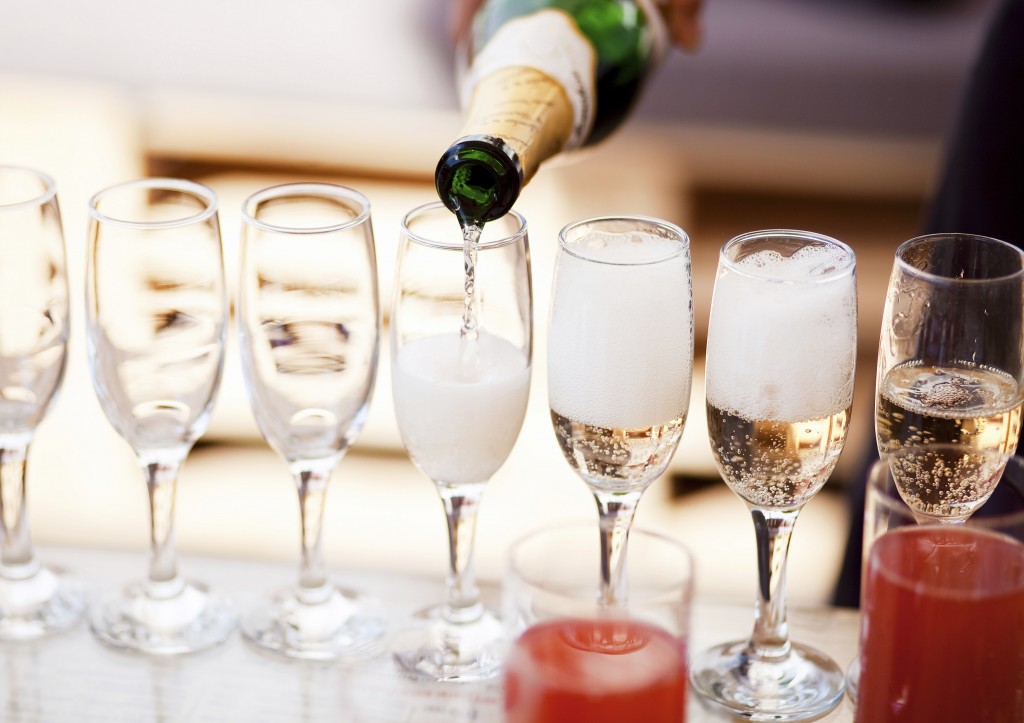
The fizzy wine market is incredibly popular and shows no signs of stopping. With millions of gallons of sparkling wines being produced every year, wine aficionados have the opportunity to enjoy a wide range of brands and flavours – and stock their spiral cellars with them.
